Use of Mycorrhizae in Seedlings and Nursery
Adding mycorrhizae to the soil of seedlings in polybags for both coffee and shade trees can improve root nutrition, because mycorrhizal fungi feeds on the substances that the roots exude, and in return produces nutrients that help the plant grow. This is especially relevant for degraded soils, particularly those affected by drought, where mycorrhizae may be missing or scarce. Supporting good root structure in seedlings is increasingly relevant as replanting of new varieties becomes more common.
Status: widely used in many crops, especially during planting phase. No routine use in coffee so far known. c&c test it in the Trifinio region in the nursery during a period of 4 months, it show promising results in root stimulation and development of the plant which need to be tested in the field to evaluate results against climate hazards as drought.
Under testing by c&c, with promising early results at the nursery stage.
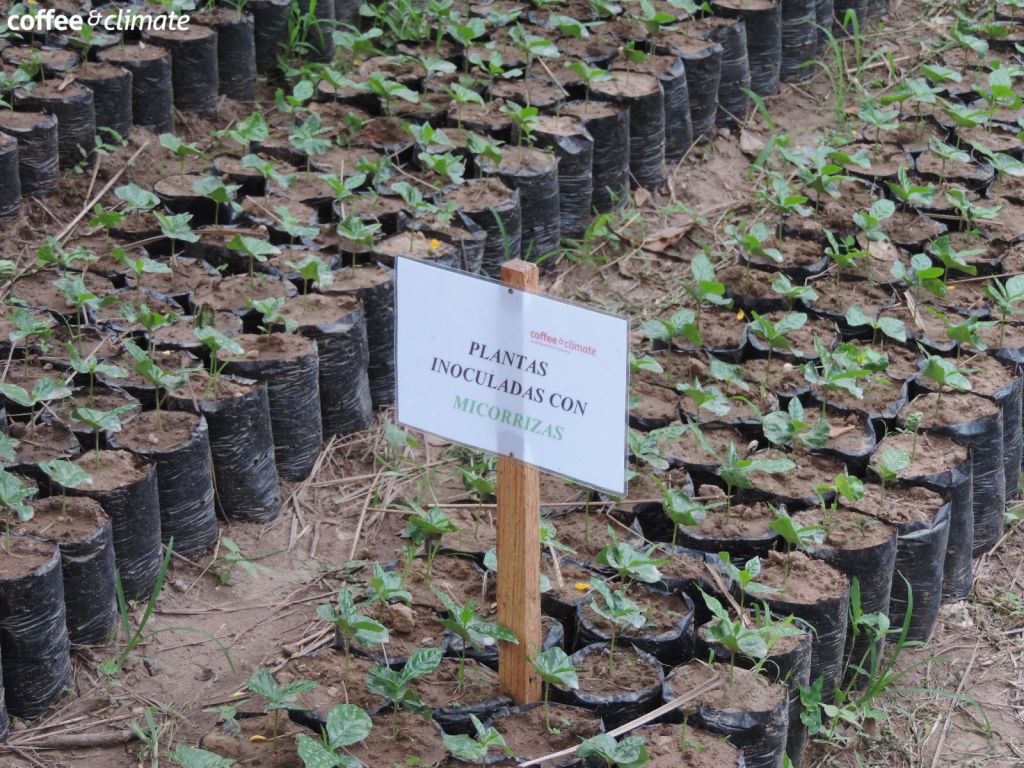
Concept
Increasingly extreme weather events suggest that every effort should be made to give coffee trees the most secure start in the field as possible. Mycorrhizal use may be also important when planting new shade trees, since these may be located in exposed and degraded situations where they find difficulties in establishing. Adding mycorrhizal fungi to nursery polybags can improve a young plant´s subsequent resilience to drought by improving the roots’ abilities to absorb nutrients like carbon nitrogen and phosphorus. On planting out, such trees should have developed a more extensive root system which would help it to establish quickly in the field. This may be particularly important in conditions where unexpected or prolonged drought conditions occur. Additionally, there is evidence that coffee trees that have been planted in soil with mycorrhizal fungi need less fertilizer because more of their nutrition comes from microbial sources. Some scientists now also believe that mycorrhizae also provide general protection against many pathogens, including root knot nematodes, especially when used early in the plant’s lifecycle. Mycorrhizae are now commonly used by horticulturalists but their use has mostly not spread to developing countries because of limited supply and expense, even though there is increasing evidence of their efficacy.
Drawbacks
Mycorrhizal use depends greatly upon the availability of an affordable, compatible and high quality supply. Mycorrhizae may not work well if general soil condition is poor — i.e. low organic matter and high temperatures — so it is advisable to use them in conjunction with other adaptation tools, such as mulching and biochar, as part of a comprehensive soil rehabilitation effort.
- Need the right strain. Not always easy to find and maintain the right strain to protect against a specific disease problem. Availability of Trichoderma fungi will be very limited in most field situations and may not be compatible with the pest or disease to be controlled.
- Need patience. Use in the field requires more care than a corresponding chemical application, and takes time to show an effect in the field. Trichoderma may act too slowly for farmers’ expectations.
- Quality: some suppliers can be less than scrupulous about the quality of the product they sell.
- Complexity: soil is variable, complex and poorly understood – an active application may fail for unknown reasons.
Costs
Where available (industrialized countries), dosage cost is typically a few cents USD per plant. Some studies show that where mycorrhizae are well established, the amount of fertilizer applied can be reduced.
Recommended Activities
- Set up small-scale trials with coffee seedlings with and without the manufacturer’s recommended dose of mycorrhizae.
- Evaluate growth performance compared with control plants and at intervals by destructive sampling — meaning washing and measuring the length, width and weight of roots of 3- to 6-month old seedlings — to view root growth.
- Experiment with forest soil samples. Where mycorrhizae are not commercially available and coffee soils are known to be poor in organic matter, consider collecting soil samples from undisturbed forests where it is likely that mycorrhizal populations will be high. Polybag experiments with a sample of forest soil could reveal whether such inoculates have any effect.
Further Activities
Andrade, S. A. L., Mazzafera, P., Schiavinato, M. A., & Silveira, A. P. D. (2009). Arbuscular mycorrhizal association in coffee. The Journal of Agricultural Science, 147(02), 105-115 Vaast, P., Caswell-Chen, E. P., & Zasoski, R. J. (1997). Influences of a root-lesion nematode, Pratylenchus coffeae, and two arbuscular mycorrhizal fungi, Acaulospora mellea and Glomus clarum on coffee (Coffea arabica L.). Biology and Fertility of Soils, 26(2), 130-135. Vaast, P., Zasoski, R. J., & Bledsoe, C. S. (1997). Effects of vesicular-arbuscular mycorrhizal inoculation at different soil P availabilities on growth and nutrient uptake of in vitro propagated coffee (Coffea arabica L.) plants. Mycorrhiza, 6(6), 493-497.
- Have something to add to this tool description? Leave a comment!
- Interested in applying this tool? Look for pictures, case studies and info sheets below for step-by-step instructions to get you started.
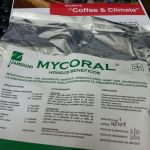
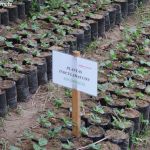
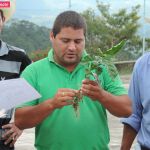
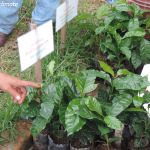
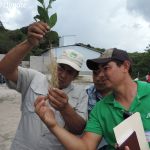
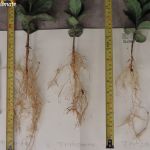
hola que amigo, soy de guatemala quiero ulilizar las mycorrizas quiero un contacto de comercializacion.
Gracias por contactarnos, las micorrizas son muy importantes y deben ser evaluadas, nosotros no recomendamos una empresa en particular pero sabemos de empresas como Innovak, Coffya, Successo y algunas Universidades como Zamorano que la distribuyen, lo mejor es identificar cuál puede ser mejor para tu región en costo beneficio. Saludos